Livelihoods from staple crops
In the sustainable poverty reduction strategy of a mountainous border commune, the first factor that must be ensured is livelihood security. Thuy Hung commune, Lang Son province has chosen agriculture and forestry as the main foundation and the number of 943 hectares of stable cultivation over the past years shows that this orientation is completely correct.
On that area, the commune has persistently transformed the crop structure, turning perennial trees such as star anise, chestnuts, and tangerines into concentrated production areas. The commune's fruit tree area has now reached 135 hectares, exceeding the set target, opening up a sustainable, low-risk livelihood for people in the border area.

Thuy Hung's food output reaches more than 3,500 tons per year, helping the commune maintain food security. Photo: Hoang Nghia.
Food production of 3,504 tons/year helps the commune maintain food security - a key factor to prevent poor and near-poor households from falling back into a vulnerable state when the market fluctuates or natural disasters occur. When food is guaranteed, people have the conditions to expand production and access new livelihood models.
In Thuy Hung, developing key crops is therefore not only an economic story but also a fundamental solution to protect poverty reduction achievements.
Livestock recovery, increased resilience
Overcoming many epidemics and natural disasters, the livestock area of Thuy Hung commune has recovered significantly. The commune's herd now reaches 1,122 buffaloes and cows, 1,700 pigs and 56,000 poultry.
In the context of multidimensional poverty reduction, livestock plays a particularly important role. For many poor households, livestock is a “safety asset”, a source of savings that can be used when facing difficulties.
Switching to a semi-grazing model, strengthening disease prevention and applying biosafety procedures helps people minimize risks and avoid total losses like in previous years.
Thanks to the restoration of livestock farming, the income of many households has improved significantly, creating a stable foundation for them to not only escape poverty but also limit their re-poverty. This is an important pillar that helps Thuy Hung maintain its poverty reduction targets in recent years.
Forestry economy creates a sustainable foundation
Forest economy is one of Thuy Hung's greatest advantages and also the most sustainable direction for long-term poverty reduction. In the period 2020 - 2025, the commune planted 806.53 hectares of new forest, an average of 128.9 hectares/year, far exceeding the assigned target of 105 hectares/year.
The forest coverage rate of 75% helps the commune to preserve land, water, protect the ecological environment and create conditions for the formation of forest-based livelihood models. Many households are combining star anise and chestnut cultivation, a direction that both generates income and ensures sustainability in production.
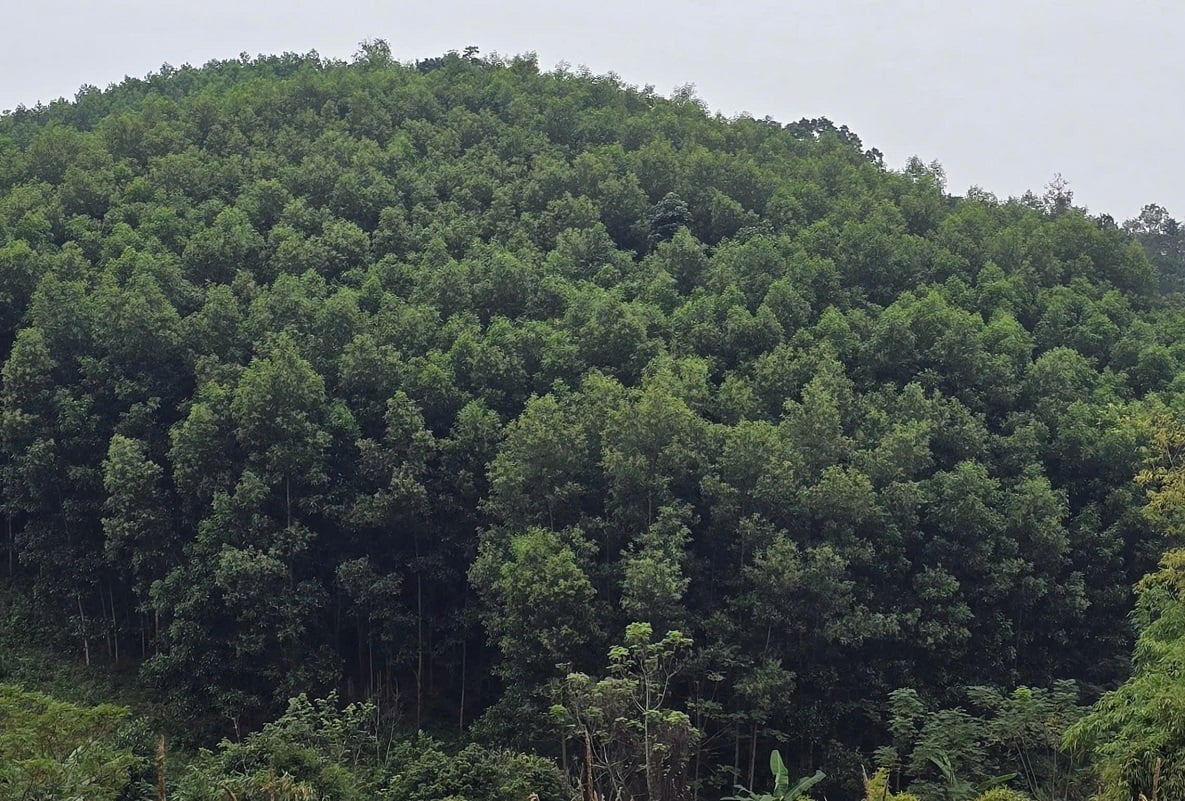
In Thuy Hung, forestry is not only an economic sector but also a pillar of social security in the entire border region. Photo: Hoang Nghia.
“Developing forests in the right direction not only helps people have jobs and a stable source of income in a cyclical manner, but also acts as a 'shield' to prevent the community from facing new risks of poverty due to natural disasters, floods or environmental degradation. In Thuy Hung, forestry is not only an economic sector but also a pillar of social security for the entire border area,” Mr. Vu Bien, Chairman of the People’s Committee of Thuy Hung commune, emphasized.
With the recovery of livestock and breakthroughs in afforestation, it can be affirmed that agriculture and forestry are the key driving force for sustainable poverty reduction in Thuy Hung.
The combination of staple crops, safe livestock and forest economy has formed a multi-source livelihood system, helping people increase income, reduce risks and be proactive in the face of economic fluctuations and natural disasters. This is the foundation for Thuy Hung to enter a new phase of poverty reduction: poverty reduction by internal resources, development by local potential and maintaining security in border areas.
Source: https://nongnghiepmoitruong.vn/nong--lam-nghiep-dong-luc-giam-ngheo-o-thuy-hung-d786149.html




![[Photo] Prime Minister Pham Minh Chinh chairs the 15th meeting of the Central Emulation and Reward Council](/_next/image?url=https%3A%2F%2Fvphoto.vietnam.vn%2Fthumb%2F1200x675%2Fvietnam%2Fresource%2FIMAGE%2F2025%2F11%2F27%2F1764245150205_dsc-1922-jpg.webp&w=3840&q=75)

![[Photo] President Luong Cuong attends the 50th Anniversary of Laos National Day](/_next/image?url=https%3A%2F%2Fvphoto.vietnam.vn%2Fthumb%2F1200x675%2Fvietnam%2Fresource%2FIMAGE%2F2025%2F11%2F27%2F1764225638930_ndo_br_1-jpg.webp&w=3840&q=75)



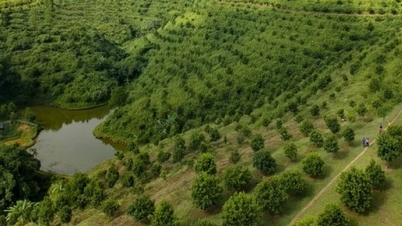


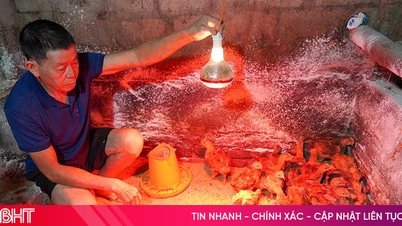




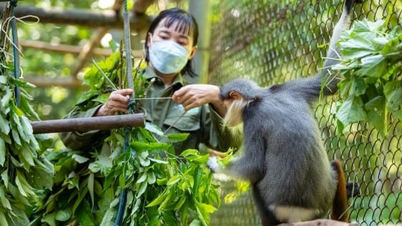
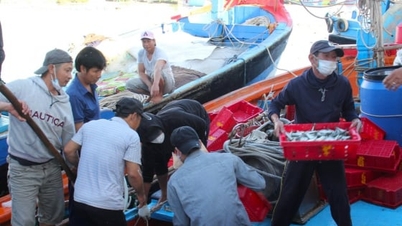
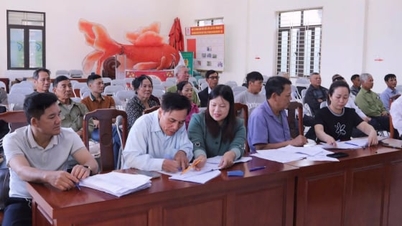
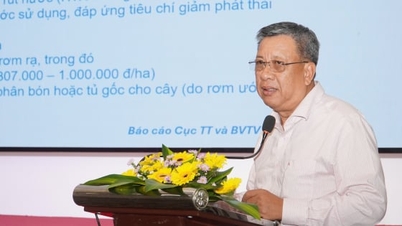
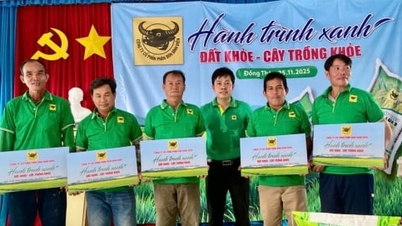
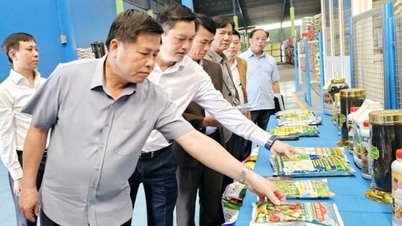





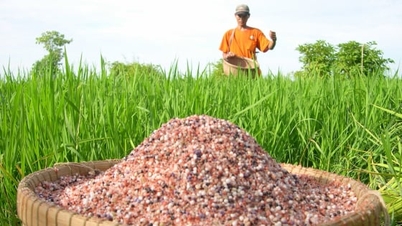

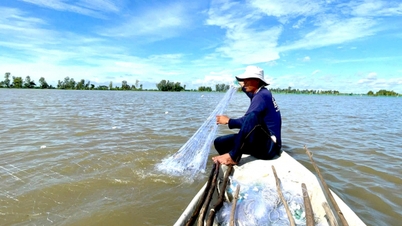








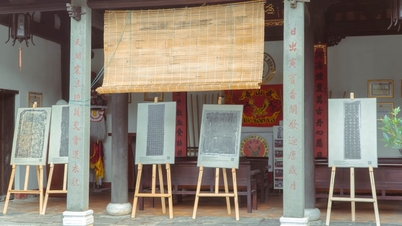
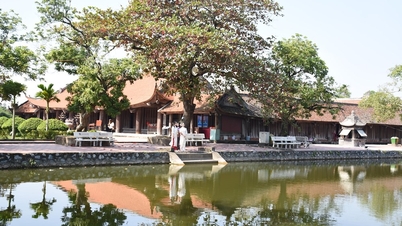










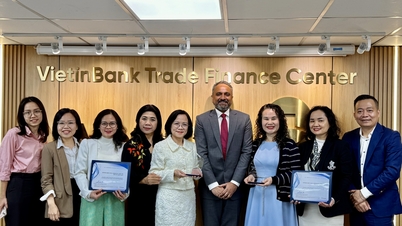



















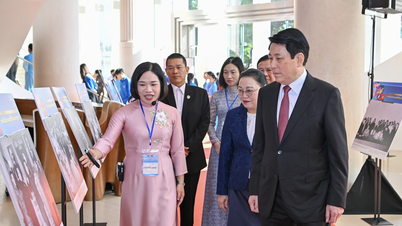

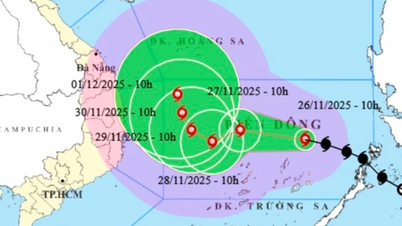


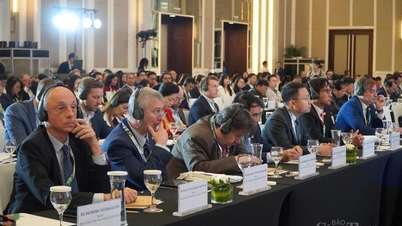
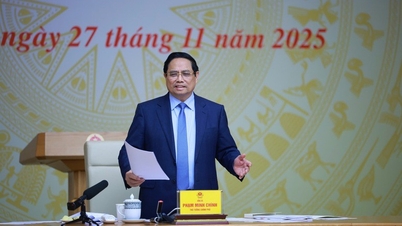









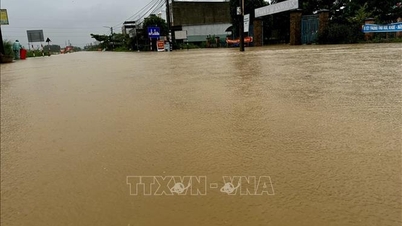

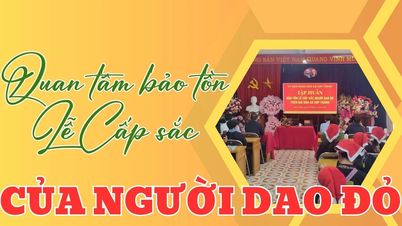












Comment (0)